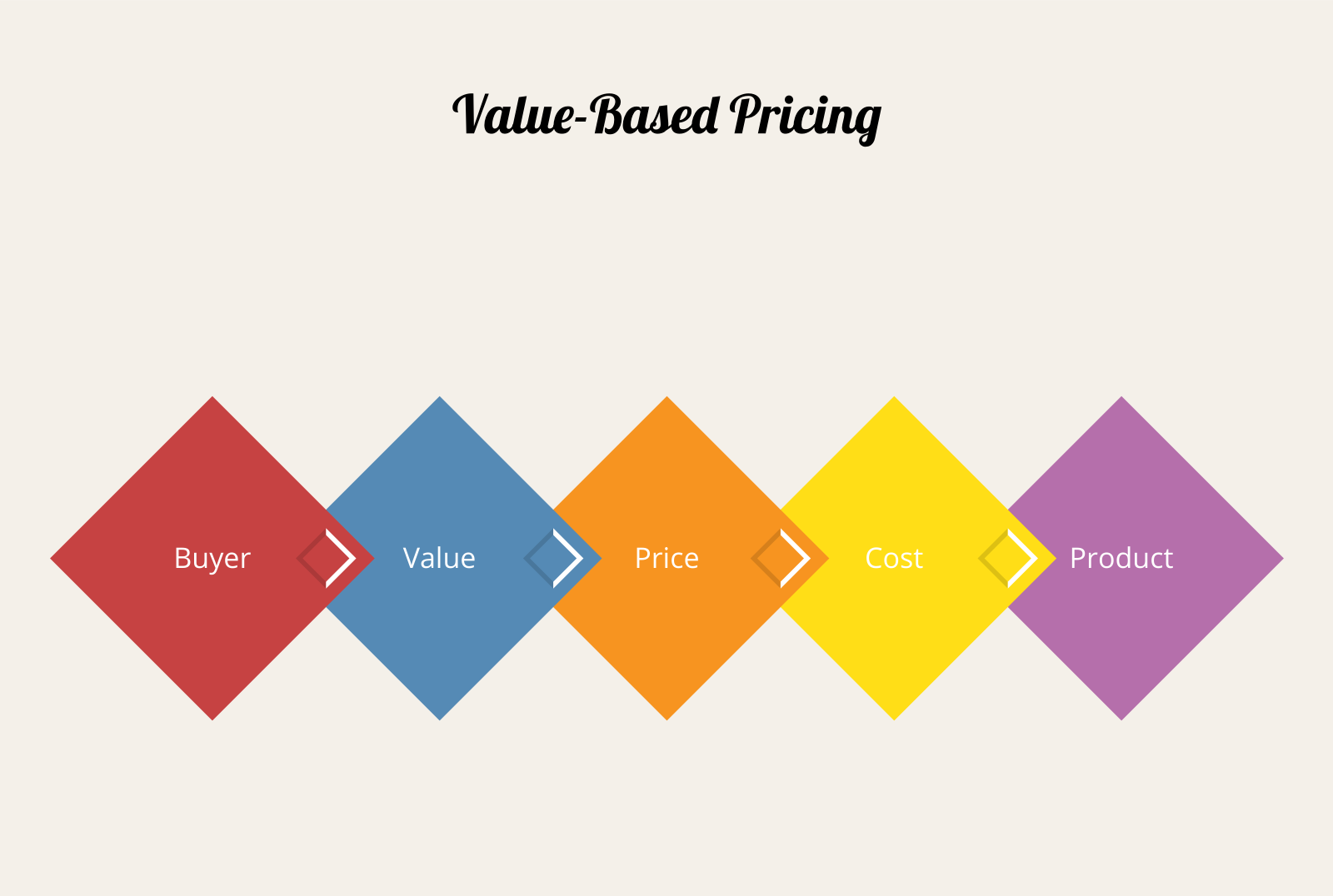

In the contemporary SaaS landscape, value-based pricing is gaining ground.
VALUE BASED PRICING SAAS SERIAL
It was a clear implementation of the 'flywheel' concept where each free user added momentum to their user acquisition efforts.Īs David Skok, a serial entrepreneur and venture capitalist, puts it, "Freemium can act as a powerful viral marketing tool, as free users help spread the word about you, and bring in paying customers." Are you considering the Freemium model for your SaaS business? It might be the growth catalyst you've been looking for. This strategy allowed them to acquire users at a rapid pace and then monetise the most active users who needed the premium features. The cloud storage service offered basic features for free, encouraging widespread adoption, while charging for advanced features like increased storage space.

The Freemium model often fits within the value-based pricing strategy. Cost-based pricing stems from the costs of production, value-based pricing is derived from the perceived value to the customer, and competitor-based pricing is dictated by the market rates. Understanding the basics: Cost-based, value-based, and competitor-based pricingįundamentally, SaaS pricing strategies revolve around three pillars: cost-based, value-based, and competitor-based pricing. The days of 'one-size-fits-all' pricing are gone, replaced by a more customer-centric approach, with personalisation becoming the norm. SaaS pricing has undergone a tremendous transformation over the years, influenced by customer expectations, market competition, and technological advances. This article delves into the key considerations and emerging trends in SaaS pricing strategies, guiding CEOs to navigate this complex landscape effectively. Pricing is not just a way to monetise your product it's an essential element of your marketing strategy and brand positioning. In the world of Software as a Service (SaaS), setting the right pricing strategy can mean the difference between growth and stagnation.


 0 kommentar(er)
0 kommentar(er)
